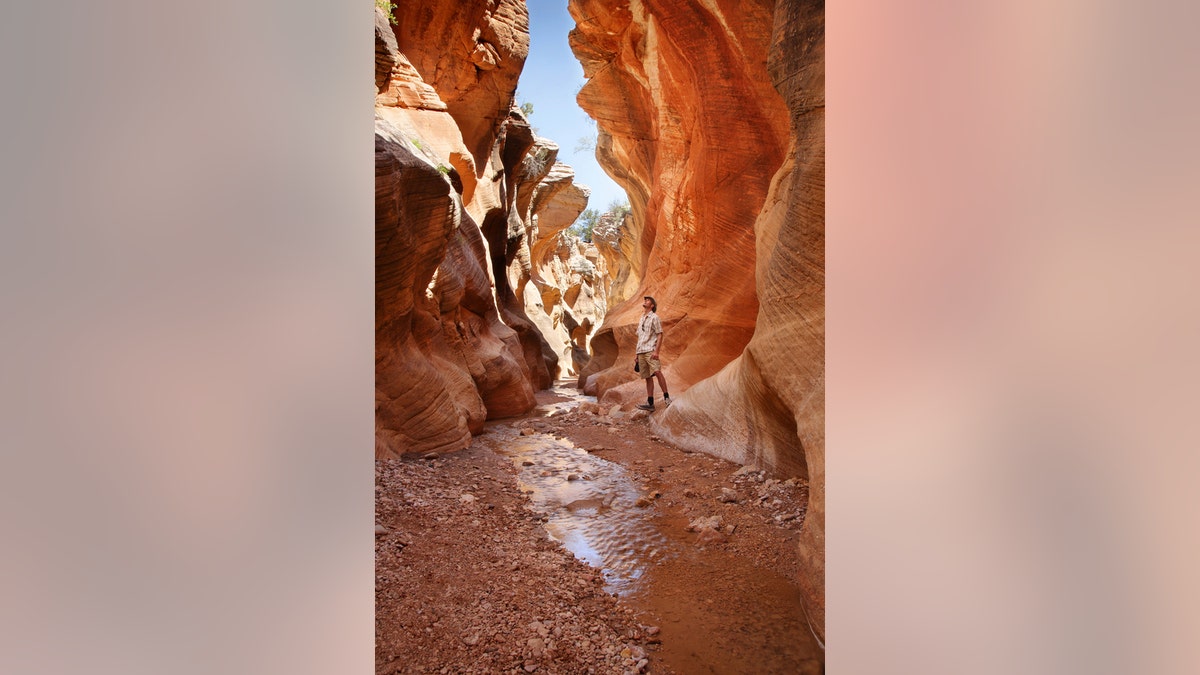
Too many tourists has led to overcrowding in Zion. (iStock)
From the city of Venice to a beach in Thailand, popular beauty spots across the world have been struggling to deal with—or have just downright had enough of—increasingly high volumes of visitors, proposing all sorts of solutions to curb eager travelers like caps on cruise ship visitors in Santorini and a tourist tax in Barcelona.
Now, Zion National Park in Utah is following suit, having announced that it may limit the number of visitors accessing its campgrounds and trails during peak hours.
According to The Salt Lake Tribune, the park anticipates 4 million people to visit this year—that’s a considerable jump from 3.66 million in 2015. While park officials have been weighing up various options to tackle the record foot traffic eroding Zion’s soil and overwhelming its facilities, park spokeswoman Aly Baltrus told the Tribune that “it’s going to take a lot of little things,” to resolve the issue.
In addition to putting a limit on daily visitors via a new reservation system, officials have suggested nixing campgrounds that operate on a first-come first-served basis, and fortifying the soil. The popular hiking destination Zion Canyon has suffered the most in recent years, but Zion-Mount Carmel Highway, the Narrows, and Angels Landing could also face new restrictions.
Earlier this year, Zion was cited as the sixth most visited national park in the U.S.; and with 2016 being the National Park Service’s centennial year, offers like 16 days of free admission have ensured that the popularity of sites like Zion won’t be waning any time soon. Data released last February revealed that 307.2 million people visited the nation’s national parks last year, and Zion alone has seen a 35 percent uptick over the last ten years.
More from Conde Nast Traveler
Condé Nast Traveler Releases Readers' Choice Awards 2016
The Friendliest and Unfriendliest Cities Around the World
The Best Small Towns in America
The Most Beautiful Travel Destinations of All Time
But some national parks have seen unwanted attention of late.
Back in September, a group of vandals were caught on camera destroying the "Duckbill" rock formation in Oregon’s Cape Kiwanda Natural Area, and a graffiti artist was banned from all national parks in June after it was discovered she’d defaced various pieces of ancient rock in Death Valley back in 2014.
RELATED: 15 Places Telling Tourists to Stay Home
And though there’s only so much that can be done to stop some visitors’ burning desires to carve names into thousands-of-years-old rock formations, when it comes to solutions to curb overcrowding, prevent erosion, and make the park experience better and safer, officials have it covered—aiming to settle on a concrete strategy for Zion by 2018.
